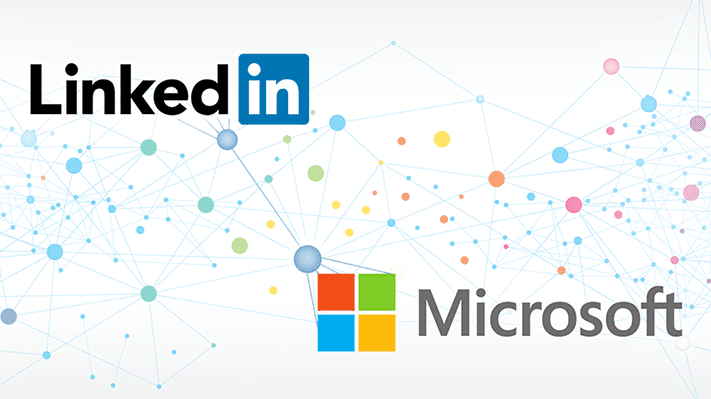
Microsoft always goes for the business end with its products. At the forefront is Office, aimed at businesses. The company has several ERP packages in its stable. Then it looked at tablets in a business sense from the beginning with Tablet PCs in the early 2000s to its current Surface line of tablets. Windows and Office on tablets again? But it worked out quite nicely. The company’s approach to smartphones is also the same. Meant to be used for business, Windows 10 Mobile has the continuum feature so users can be productive anywhere there’s a spare monitor mouse and keyboard. The same goes for social networking. Microsoft bought Yammer because of its focus in organizations instead of the wider public. But it didn’t end there. In terms of social networking and marketing, Microsoft may have just hit the jackpot with its acquisition of LinkedIn. LinkedIn is the most popular social network for professionals and organizations and for 26.2 billion dollars, it might just be worth the big cash investment.
“The LinkedIn team has grown a fantastic business centered on connecting the world’s professionals… Together we can accelerate the growth of LinkedIn, as well as Microsoft Office 365 and Dynamics as we seek to empower every person and organization on the planet.”
— Satya Nadella, CEO, Microsoft
The sheer amount of professional and corporate data from LinkedIn alone is a big enough value. That data can surely boost Microsoft’s other products like Dynamics CRM and Office. Businesses can benefit from added customer and vendor info search which can be integrated into Microsoft’s business suites. The software giant will be quick to offer up its business suites, and cloud solutions to every business manager or owner on LinkedIn that doesn’t have them yet. Microsoft can also market all its other products by offering cheaper tutorials through Lynda.com, which was earlier acquired by LinkedIn. The social network has over 100 million monthly active users from its over 400 million registered users in over 200 countries.
“Today is a re-founding moment for LinkedIn. I see incredible opportunity for our members and customers and look forward to supporting this new and combined business…I fully support this transaction and the Board’s decision to pursue it, and will vote my shares in accordance with their recommendation on it.”
— Reid Hoffman, Chairman, LinkedIn
“Just as we have changed the way the world connects to opportunity, this relationship with Microsoft, and the combination of their cloud and LinkedIn‘s network, now gives us a chance to also change the way the world works… For the last 13 years, we’ve been uniquely positioned to connect professionals to make them more productive and successful, and I’m looking forward to leading our team through the next chapter of our story.”
— Jeff Weiner, CEO, LinkedIn
Saying the acquisition greatly benefits both companies would be an understatement. For LinkedIn, competing with other social networks for traffic shouldn’t be a problem anymore in terms of development. Microsoft can integrate LinkedIn into many of its products such as Office 365 and Dynamics or create better apps for the social network and its satellites such as SlideShare and Lynda. Being backed by Microsoft’s considerable resources should put any financial worries at rest and further fuel its expansion. For Microsoft, this acquisition gives the company the social media edge it’s been looking for. Like Microsoft’s founder, the company hasn’t been much of a people person and caters more to businesses than the consumer. That could change as LinkedIn ranks third among many social media rankings after Facebook and Twitter and it makes it much easier for the company to market its products to its favored demographic, professionals and businesses.
Also, buying out the third largest social media network with 26 billion in cash puts the company in a position of strength. If the company can spend that much, it’s clearly not going anywhere as some perceive that the decline of Windows is dragging the company down. This smart and unexpected move has great potential to take its products even further.
LinkedIn gets to keep its branding so as not to greatly disrupt its current standing in the eyes of the public unlike what happened with Nokia. Speaking of the public, LinkedIn members could find themselves getting product premiums from Microsoft but hopefully less Microsoft ads and less disruptive changes to the social network. Fat chance on less ads but Microsoft can ill afford getting too pushy with LinkedIn users.

